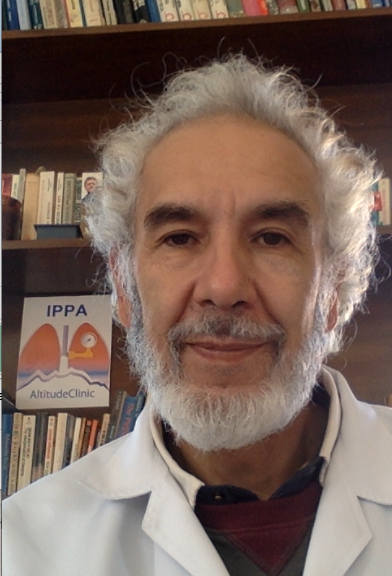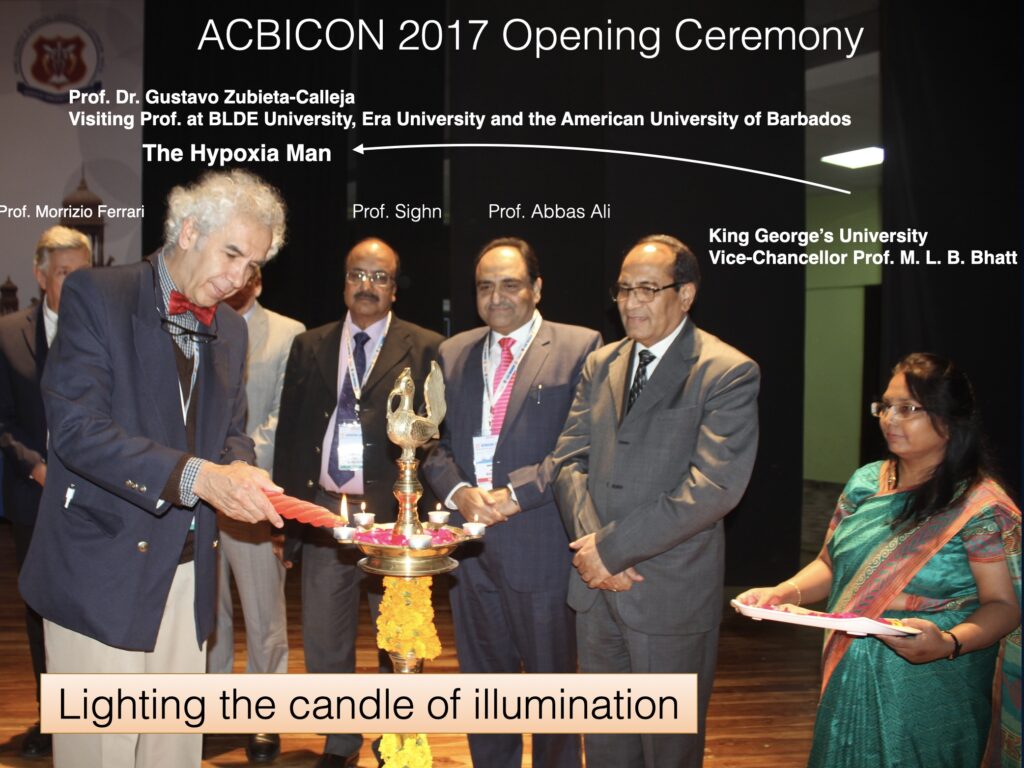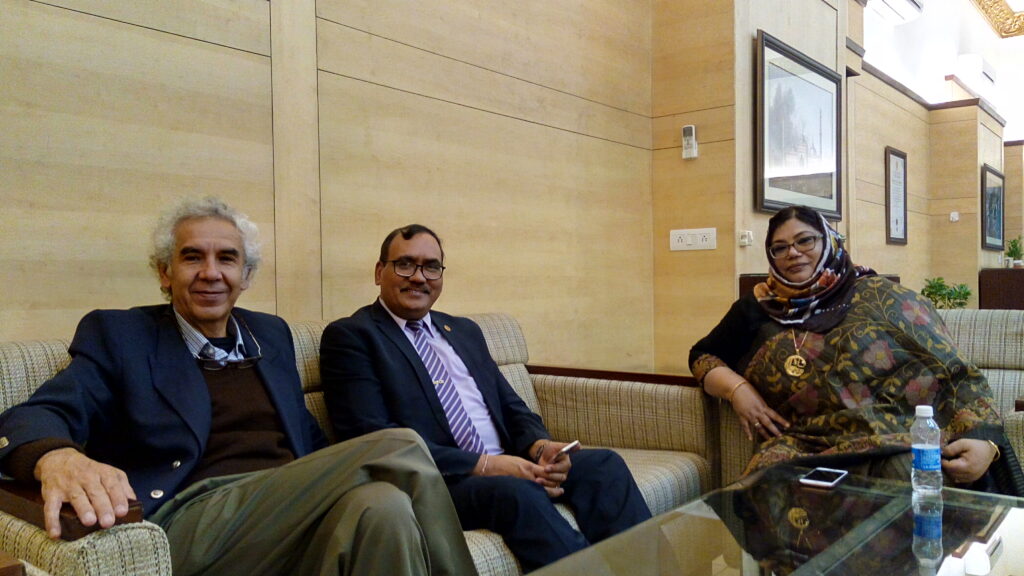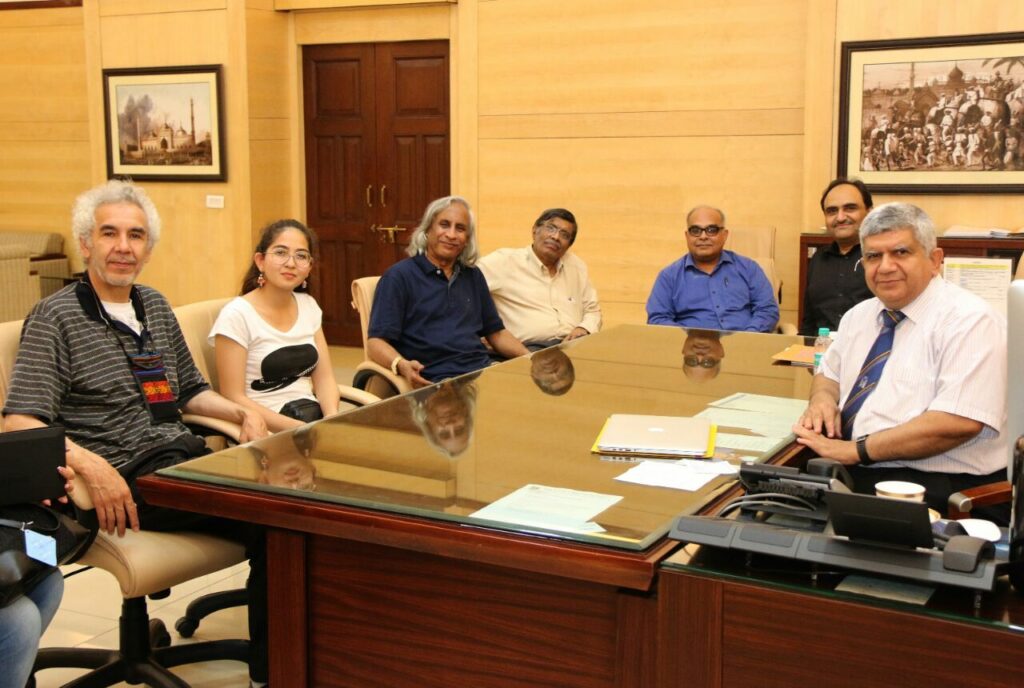
(art by Katia Ardaya-Zubieta).
His fully detailed Curriculum Vitae can be found here
PROF. DR. GUSTAVO ZUBIETA-CALLEJA, M.D., FPVRI
The HYPOXIA MAN (India 2017)
Head
High Altitude Pulmonary and Pathology Institute (HAPPI-IPPA) located in La Paz, Bolivia (3,100-4,100m)
in the heart of South America.
Cel (591-73258026)
gzubietajr@altitudeclinic.com
Av. Copacabana – Prolongación # 55
Teleféricos Celeste y Blanco Av. Del Poeta, La Paz, Bolivia
find the Institute map:https://goo.gl/maps/nL2Y2TJjd4t
Ex-Visiting Professor Univ. of Copenhagen
Visiting Professor BLDE University, India
Visiting Professor at Era University, India
Co-Organizer of the 1st WORLD CONGRESS ON HIGH ALTITUDE MEDICINE AND PHYSIOLOGY
Co-Organizer 7 Chronic Hypoxia Symposiums
Carries out joint research with his daughter Dr. Natalia Zubieta-DeUrioste, MD. They collaborate with BLDE University India, Laval University, Canada.
BUT, WHO IS HE REALLY?
…….
Well… kind of difficult to say. He has been described as a “Renaissance Man” along with his father Prof. Dr. Gustavo Zubieta-Castillo, because of his extensive know-how.
Has proposed that space travel should be in a chronic hypoxia environment and created the word BIOSPACEFORMING to denote adaptation to life in space.
He constructed with his father Prof. Dr. Gustavo Zubieta-Calleja the Chacaltaya Glass Pyramid Laboratory at 5,260masl, the highest laboratory in the world.
He helped carry out the Futbol (Soccer) game at the Summit of Mt. Sajama at 6,542 masl, a world record.
He constructed the Hyperoxic/Hypoxic Adaptation Chambers 1 and 2.
He has been invited to give talks in many parts of the world, including:
India (5 times)
USA
Italy
Ukraine
Russia
Spain
Germany
Poland
Denmark
Czech Republic
Ecuador
Colombia
Brazil
Chile
Japan
Tibet
China
And many more…
Interested in learning more about him? Go to his blog.
Make sure you navigate all around.
He has worked on COVID describing the disease from very early on, creating the term Pneumolysis (Lung destruction) in COVID, was the first to affirm, in the world, that COVID would have a lower incidence at high altitude and the favorable effect of U-V radiation at high altitude.
He is also a bioengineer.
He constructed pulmonary function equipment, protein electrophoresis equipment, and even an elevator.
He is a top self-taught mechanical electronics engineer.
He developed hardware, software for medical records and on-line data loggers since 1981, being the first to have databases in the medical field.
Distinctions and Awards:
Several, but he is not interested.
Rather, he created the “Science, Honor and Truth” Award
His publications are extensively read:
Publications by Prof. Dr. Gustavo Zubieta-Calleja ordered by date.
[1] Zubieta-Castillo G, Zubieta-Calleja R, Zubieta-Calleja G. Estudios sobre la circulacion coronaria en la altura. Acta de las Primeras Jornandas de Medicina y Cirugia de la Altura; 1978 4 – 7 de Octubre La Oroya, Peru; 1978.
[2] Zubieta-Castillo G, Zubieta-Calleja, G. & Zubieta-Calleja, R. El consumo de oxigeno en miocardio de perros a 3600 mt y a differentes tensiones de oxigeno. Acta de las primeras Jornadas de Medicina y Cirugia de la altura. La Oroya, Peru 1978.
[3] Zubieta-Calleja G, Zubieta-Castillo, G., Zubieta-Calleja, R. La Produccion de anhidrido carbonico durante el consumo de oxigeno en miocardio de perros a 3600 m. (Abstracto).
Primer Congreso Boliviano de Biología; 1979 1979; UMSS Cochabamba; 1979.
[4] Zubieta-Castillo G, Zubieta-Calleja, R., Zubieta-Calleja, G. Clasificacion de la eritrocitosis en la altura de acuerdo al numero de eritrocitos (Abstracto). Primer Congreso Boliviano de Biología; 1979; UMSS Cochabamba; 1979.
[5] Zubieta-Castillo G, Zubieta-Calleja GR. Chronic mountain sickness and miners (Spanish). Revista de la Academia Nacional de Ciencias de Bolivia. 1985;4:109-16.
[6] Zubieta-Castillo G, Zubieta-Calleja GR. El mal de Montaña Cronico y los mineros. (Chronic mountain sickness and miners). Cuadernos Academia Nacional de Ciencias de Bolivia. 1985;62:109-16.
[7] Zubieta-Castillo G, Zubieta-Calleja GR. Pulmonary diseases and chronic mountain sickness (Spanish). Revista de la Academia Nacional de Ciencias de Bolivia. 1986;5:47-54.
[8] Zubieta-Castillo G, Zubieta-Calleja GR. Las Enfermedades pulmonares y el Mal de Montaña Cronico. (Pulmonary diseases and chronic mountain sickness). Cuadernos de la Academia Nacional de Ciencias de Bolivia. 1986;68:3-12.
[9] Zubieta-Castillo G, Zubieta-Calleja GR. The triple hypoxia syndrome at altitude (Abstract). Amer Rev of Respir Dis. 1988;137(4):509.
[10] Zubieta-Castillo G, Zubieta-Calleja GR. Iatrogenic Disease in a polycythemic patient at altitude. Amer Rev of Respir Dis. 1988;137(4):509.
[11] Zubieta-Calleja GR, Zubieta-Castillo G. High Altitude Pathology at 12000 ft. La Paz: Publisher: Papiro, 1989. La Paz, Bolivia
[12] Zubieta-Castillo G, Zubieta-Calleja GR. Progressive high altitude hypoventilation reversed by hyperoxia. Amer Rev of Respir Dis. 1990;141(4):a924.
[13] Zubieta-Castillo. G & Zubieta-Calleja G. Hematocrit, PaO2 and PaCO2 changes in a High altitude increased Polycythemic during a 12 year follow up. Amer Rev of Respir Dis. 1990;141(4):a921.
[14] Zubieta-Castillo G, Zubieta-Calleja, G & Zubieta-Calleja, L. Cambios en la PaO2, PaCO2 y el hematocrito en un paciente con mal de montaña cronico durante 12 años. Acta del Quinto Congreso Nacional de Medicina de la Altura; 1992; La Oroya, Peru; 1992. p. 136.
[15] Zubieta-Castillo G, Zubieta-Calleja G. Acute Hypoventilation on ascent to high altitude. European Respiratory Society Congress; 1992; Vienna, Austria; 1992.
[16] Zubieta-Castillo G, Zubieta-Calleja GR. El Sindrome de Triple Hipoxia en la Altura. Acta del Quinto Congreso Nacional de Medicina de la Altura; 1992; La Oroya, Peru; 1992. p.
136.
[17] Zubieta-Castillo G, Zubieta-Calleja G. Eritrocitosis agudas, EPOC y sindrome de triple hipoxia. Acta del Quinto Congreso Nacional de Medicina de la Altura; 1992; La Oroya,
Peru; 1992. p. 135.
[18] Zubieta-Calleja G, Zubieta-Castillo G. High altitude illness in Bolivia (Abstract). First World Congress of High Altitude Medicine and Physiology;
1994; La Paz, Bolivia: Edvil;p. 58.
- [20] Zubieta-Calleja GRZ-C, G and Zubieta-Calleja, L. Zubieta-Calleja, G.R. Zubieta-Castillo, G and Zubieta-Calleja, L.. Inadequate treatment of excessive erythrocytosis. Acta Andina. 1995;4:123-6.
[21] Zubieta-Calleja GZ-C, G. Chronic Mountain Scikness. Proceedings of the Third Symposium on High Altitude
Medicine and Physiology; 1995; Xining, Gingai, PR China; 1995. p. 40.
[22] Triplett J, Zubieta-Calleja L, Zubieta-Castillo G, Zubieta-Calleja GR. Physiological changes related to rapid altitude shifts in La Paz, Bolivia. Acta Andina. 1996;5(1):19-21.
[23] Zubieta-Calleja GR, Zubieta-Castillo G. High Altitude Pathology Institute. 1996 [cited 2007 june 15, 2007]; Available from:
http://www.altitudeclinic.com
[24] Zubieta-Calleja G. and Zubieta-Castillo GR. International Soccer vetoed in Stadiums above 3000 m of altitude. International Society for Mountain Medicine. 1996;6(1).
[25] Zubieta-Calleja GR, Zubieta-Castillo, G and Zubieta-Calleja, L. Can HAPE be diagnosed through the tongue? Acta Andina. 1996;5:31-4.
[26] Zubieta-Castillo G, Zubieta-Calleja G. Triple hypoxia syndrome. Acta Andina. 1996;5(1):15-8.
[27] Zubieta-Castillo G, Zubieta-Calleja G. New Concepts on chronic mountain sickness. Acta Andina. 1996;5:3-8.
[28] Zubieta-Calleja G, De Urioste, L. & Zubieta-Calleja, L. High altitude residents in Bolivia. Progress in Mountain Medicine and High Altitude Physiology. In: HidekiOhno TK, Shigeru Masuyama and Michiro, Nakashima, ed. Progress in Mountain Medicine and High Altitude Physiology. Matsumoto, Japan 1998:185-9.
[29] Zubieta-Calleja G, Zubieta-Castillo G. Changes in oximetry during breath holding in normal residents of high altitude. In: Hideki Ohno TK, Shigeru Masuyama and Michiro, ed. Progress in Mountain Medicine and High Altitude Physiology. Matsumoto, Japan 1998:343-8.
[30] Zubieta-Castillo G, Zubieta-Calleja G, Arano E, Zubieta-Calleja L. Respiratory Disease, chronic mountain sickness and gender differences at high altitude. In: HidekiOhno TK,
Shigeru Masuyama and Michiro, Nakashima., ed. Progress in Mountain Medicine and High Altitude Physiology. HidekiOhno, Toshio Kobayashi, Shigeru Masuyama and
Michiro, Nakashima. 1998:132-7.
[31] Zubieta-Castillo G, Zubieta-Calleja GR. Pulse oximetry in chronic mountain sickness- long breath holding time and oscillation at lowest saturation. In: HidekiOhno TK, Shigeru Masuyama and Michiro, Nakashima, ed. Progress in Mountain Medicine and High Altitude Physiology 1998:349-54.
[32] Pollard AJ, Niermeyer S, Barry P, Bartsch P, Berghold F, Bishop RA, et al. Children at high altitude: an international consensus statement by an ad hoc committee of the International Society for Mountain Medicine, March 12, 2001. High Alt Med Biol. 2001
Fall;2(3):389-403.
[33] Zubieta-Calleja G, Zubieta-Castillo, G., Zubieta-Calleja, L. & Zubieta, N. Exercise performance of bolivian aymara in 3 conditions: at La Paz 3,510 m, breathing a hypoxic mixture simulating Chacaltaya and at Chacaltaya 5,200 m. HAMB. 2002;3(1):114-5.
[34] Zubieta-Calleja G, Zubieta-Castillo, G., Zubieta-Calleja, L., Zubieta, N. Measurement of circulatory time using pulse oximetry during breath holding in chronic hypoxia. HAMB. 2002;3(1):115.
[35] Zubieta-Calleja GR, Zubieta-Castillo, G., Zubieta-Calleja, L., Zubieta, N. Breath holding and pulse oximetry as a diagnostic tool at high altitude. HAMB. 2002;3(1):115.
[36] Zubieta-Calleja GR, Zubieta-Castillo, G., Zubieta-Calleja, L., Zubieta, N. Exercise performance in chronic mountain sickness (cms) patients at 3510 m. HAMB. 2002;3(1):114-5.
[37] Zubieta-Castillo G, Zubieta-Calleja, G.R., Zubieta-Calleja, L. Exercise performance in a woman with CMS following triple hypoxia syndrome treatment. HAMB. 2002;3(1):114-5.
[38] Zubieta-Castillo G, Zubieta-Calleja, G.R., Zubieta-Calleja, L., Zubieta, N. Bolivian Aymara that played soccer at 6542 m maintain higher oxygen saturation and lower oxygen uptake during maximal exercise. HAMB. 2002;3(1):114-5.
[39] Zubieta-Castillo G, Zubieta-Calleja GR, Zubieta-Calleja L, Zubieta C, Nancy. Adaptation to life at the altitude of the summit of Everest. Fiziol Zh. 2003;49(3):110-7.
[40] Zubieta-Calleja (Jr) GR, Moretti M, Zubieta-Calleja L, Zubieta N, Zubieta-Castillo (Sr) G. Chronic mountain sickness among the Chipaya after 2500 years of high altitude exposure. HAMB. 2004;5(2):291-2.
[41] Zubieta-Calleja (Jr) GR, Zubieta-Castillo (Sr) G, Zubieta-Calleja L, Zubieta N. Hypoventilation in Chronic Mountain Sickness: a mechanism to preserve energy. HAMB. 2004;5(2):291-2.
[42] Zubieta-Calleja G. Bloodletting: a medical resource since the stone age. Journal of Qinghai Medical College. 2004;25(4):273-5.
[43] Zubieta-Castillo (Sr) G, Zubieta-Calleja (Jr) GR, Zubieta-Calleja L, Zubieta N. How chronic mountain sickness (cms) contributed to the theory of life at the hypoxic levels of the summit of Mount Everest. HAMB. 2004;5(2):291-2.
[44] Fabiola León-Velarde, Marco Maggiorini, John T Reeves, Almaz Aldashev, Ingrid Asmus, Luciano Bernardi, Ri-Li Ge, Peter Hackett, Toshio Kobayashi, Lorna G Moore, Dante Penaloza, Jean-Paul Richalet, Robert Roach, Tianyi Wu, Enrique Vargas, Gustavo Zubieta-Castillo, Gustavo Zubieta-Calleja. Consensus statement on chronic and subacute high altitude diseases. High Alt Med Biol. 2005 Summer;6(2):147-57.
[45] Paulev PE, Zubieta-Calleja GR. Essentials in the diagnosis of acid-base disorders and their high altitude application. J Physiol Pharmacol. 2005 Sep;56 Suppl 4:155-70.
[46] Zubieta-Calleja GR, Zubieta-Castillo G, Paulev PE, Zubieta-Calleja L. Non-invasive measurement of circulation time using pulse oximetry during breath holding in chronic hypoxia. J Physiol Pharmacol. 2005 Sep;56 Suppl 4:251-6.
[47] Zubieta-Calleja GR, Paulev PE, Zubieta-Calleja L, Zubieta-Calleja N, Zubieta-Castillo G. Hypoventilation in chronic mountain sickness: a mechanism to preserve energy. J Physiol Pharmacol. 2006 Sep;57 Suppl 4:425-30.
[48] Zubieta-Calleja GR, Zubieta-Castillo G, Zubieta-Calleja L, Zubieta N. The increase in hematocrit during the high altitude adaptation process. (Abstract). Wilderness Environ Med. 2006 Fall;17(3):202-3.
[49] Zubieta-Castillo G, Sr., Zubieta-Calleja GR, Jr., Zubieta-Calleja L. Chronic mountain sickness: the reaction of physical disorders to chronic hypoxia. J Physiol Pharmacol. 2006
Sep;57 Suppl 4(2):431-42.
[50] Paulev P-E, Zubieta-Calleja G. High Altitude Diving Depths. Res in Sports Med. 2007;15(1 or 2 in print).
[51] Zubieta-Calleja GR, Paulev P-E, Zubieta-Calleja L, Zubieta-Castillo G. Altitude adaptation through hematocrit changes. J of Physiol and Pharmacol. 2007;58(Supplement).
[52] Zubieta-Castillo G, Zubieta-Calleja GR. Facts that Prove that Adaptation to Life atExtreme Altitude (8848m) is Possible. In: L.Lukyanova NTaPKS, editor. Adaptation Biology and
Medicine: Health Potentials; 2007; New Dehli, India: Narossa Publishing House; 2007.
[53] Gustavo Zubieta-Calleja GZC, Poul-Erik Paulev (2009) The Adaptation of Highlanders to Sea Level. In Wilderness & Environmental Medicine- Wilderness Conference and Annual Meeting. (ed.), Vol. 20, pp. 184-5, Wilderness & Environmental
Medicine-Official Publication of the Wilderness Medical Society, Snowmass, Colorado.
[54] Zubieta-Calleja G, Zubieta-Castillo G, Zubieta-Calleja L, Ardaya-Zubieta G, and Paulev PE (2009) Do over 200 million healthy altitude residents really suffer from chronic Acid-Base disorders? Indian J Clin Biochem 26, 62-5.
[55] Zubieta-Calleja L (2009) The High Altitude Adaptation Formula. In 36th Annual Conference of Association of Clinical Biochemists of India. (ed.), Vol. 24, pp. 83-4, Indian Journal of Clinical Biochemistry- Association of Clinical Biochemists of India, Kochi, India.
[56] Zubieta-Castillo G (2012) Loss of Adaptation and Maladaptation: two terms Inadequately used-Conversely-“Adaptation: A Fundamental Law of Biology that at High Altitude, even Permits Life at the Hypoxic Levels of Mt. Everest”. In Global Hypoxia Summit & 4th International Conference on Chr onic Hypoxia. (ed.), Vol. pp. 74-5, New Delhi, India.
[57] Zubieta-Calleja, G, Zubieta-Castillo, G, Merishi, J. (2012) Extremely high altitude hypoxic conditions during Mount Everest expeditions, residence at South Pole stations, in Tibet and among the Andes: Van Slyke equation modification is crucially important for acid–base measurements. Journal of Biological Physics and Biochemistry 12(3):103-112.
[58] Balaban DY, Duffin J, Preiss D, Mardimae A, Vesely A, Slessarev M, ZubietaCalleja G, et al.(2013) The in-vivo oxyhaemoglobin dissociation curve at sea level and high altitude. Respir Physiol Neurobiol 186, 45-52.
[59] Zubieta-Calleja, GR, Ardaya, G, Zubieta-DeUrioste, N, Paulev, PE, Zubieta-Castillo, G. Tolerance to Hypoxia (2013) Vol 59:4 Fiziol Journal. Kiev, Ukraine.
[60] Zubieta-Castillo, G and Zubieta-Calleja GR.(2014) High Altitude Research and its Clinical Application. Chapter in Book Translational Research in Environmental and Occupational Stress. Editors: Chachi Bala Singh, Nanduri R. Prabhakar, Crinivas N. Pentyala. Springer
India.
[61] Zubieta-Calleja GR, Zubieta-DeUrioste NA. Extended longevity at high altitude: Benefits of exposure to chronic hypoxia. BLDE Univ J Health Sci 2017;2:80-90
[62] Zubieta-Calleja, G.R.; Zubieta-DeUrioste, N.; Venkatesh, T.; Das, K.; Soliz, J. COVID19: Multiple Diseases Simulating Extreme High-Altitude Exposure? Oxygen Transport Physiology and Scarce Need of Ventilators; Andean Condor’s-Eye-View. Preprints 2020,
2020050085 (doi: 10.20944/preprints202005.0085.v1).
[63] Zubieta-Calleja, G., & Zubieta-DeUrioste, N. (2020, September 27). Pneumolysis and “silent hypoxemia” in COVID-19. https://doi.org/10.31219/osf.io/qde8w
[64] Roberto Carlos Vera, Natalia Zubieta-DeUrioste, Gustavo Zubieta-Calleja, (Oct 2020) La quema de los bosques bolivianos afecta la calidad del aire y atenta contra la salud en estos tiempos de pandemia COVID- https://zuniv.net/pub/BOLET%C3%8DN1Ambiente_13oct.pdf.
[65] Arias-Reyes C, Zubieta-DeUrioste N, Poma-Machicao L, Aliaga-Raduan F, CarvajalRodriguez F, Dutschmann M, Schneider-Gasser EM, Zubieta-Calleja G, Soliz J. Does the pathogenesis of SARS-CoV-2 virus decrease at high-altitude? Respir Physiol Neurobiol.
2020 Jun;277:103443. doi: 10.1016/j.resp.2020.103443. Epub 2020 Apr 22. PMID: 32333993; PMCID: PMC7175867.
[66] Soliz J, Schneider-Gasser EM, Arias-Reyes C, Aliaga-Raduan F, Poma-Machicao L, Zubieta-Calleja G, Furuya WI, Trevizan-Baú P, Dhingra RR, Dutschmann M. Coping with hypoxemia: Could erythropoietin (EPO) be an adjuvant treatment of COVID-19?
Respir Physiol Neurobiol. 2020 Aug;279:103476. doi: 10.1016/j.resp.2020.103476. Epub 2020 Jun 6. PMID: 32522574; PMCID: PMC7275159.
[67] Gustavo R. Zubieta-Calleja*, Natalia Zubieta-DeUrioste, Thuppil Venkatesh, Kusal K. Das and Jorge Soliz, “COVID-19 and Pneumolysis Simulating Extreme High-altitude Exposure with Altered Oxygen Transport Physiology; Multiple Diseases, and Scarce Need
of Ventilators: Andean Condor’s-eye-view”, Reviews on Recent Clinical Trials (2020) 15: - https://doi.org/10.2174/1574887115666200925141108
[68] Zubieta-Calleja, G., Merino-Luna, A., Zubieta-DeUrioste, N., Armijo-Subieta, NF., Soliz, J., Arias-Reyes, C. , Escalante-Kanashiro, R., Carmona-Suazo, J., López-Bascope, A., Calle-Aracena, J., Epstein, M. & Maravi, E (2020, October 15). COVID-19 patients in the high-altitude areas of Bolivia and Peru manifest a substantive decrease in mortality. https://doi.org/10.31219/osf.io/7rd2h
[69] Zubieta-Calleja G, Zubieta-DeUrioste N. Pneumolysis and “Silent Hypoxemia” in COVID-19. Indian J Clin Biochem. 2020 Nov 9;36(1):1-5. doi: 10.1007/s12291-020-00935-0. Epub ahead of
print. PMID: 33191989; PMCID: PMC7652053.
[70] Zubieta-Calleja G, Merino-Luna A, Zubieta-DeUrioste N, Armijo-Subieta NF, Soliz J, Arias-Reyes C, Escalante-Kanashiro R, Carmona-Suazo JA, López-Bascope A, Calle-Aracena JM, Epstein M,
Maravi E. Re: “Mortality Attributed to COVID-19 in High-Altitude Populations” by Woolcott and
Bergman. High Alt Med Biol. 2021 Feb 9. doi: 10.1089/ham.2020.0195. Epub ahead of print. PMID: 33567217.
[71] Zubieta-Calleja G, Zubieta-DeUrioste N. Acute Mountain Sickness, High Altitude Pulmonary Edema, and High Altitude Cerebral Edema: A view from the High Andes. Respir Physiol Neurobiol. 2021 Feb 2;287:103628. doi: 10.1016/j.resp.2021.103628. Epub ahead of print. PMID: 33545376.
[72] Zubieta-Calleja G, Zubieta-DeUrioste N. The Oxygen Transport Triad in High-Altitude Pulmonary Edema: A Perspective from the High Andes. International Journal of Environmental Research and Public Health. 2021; 18(14):7619. https://doi.org/10.3390/ijerph18147619
But overall, he is a nice guy!!
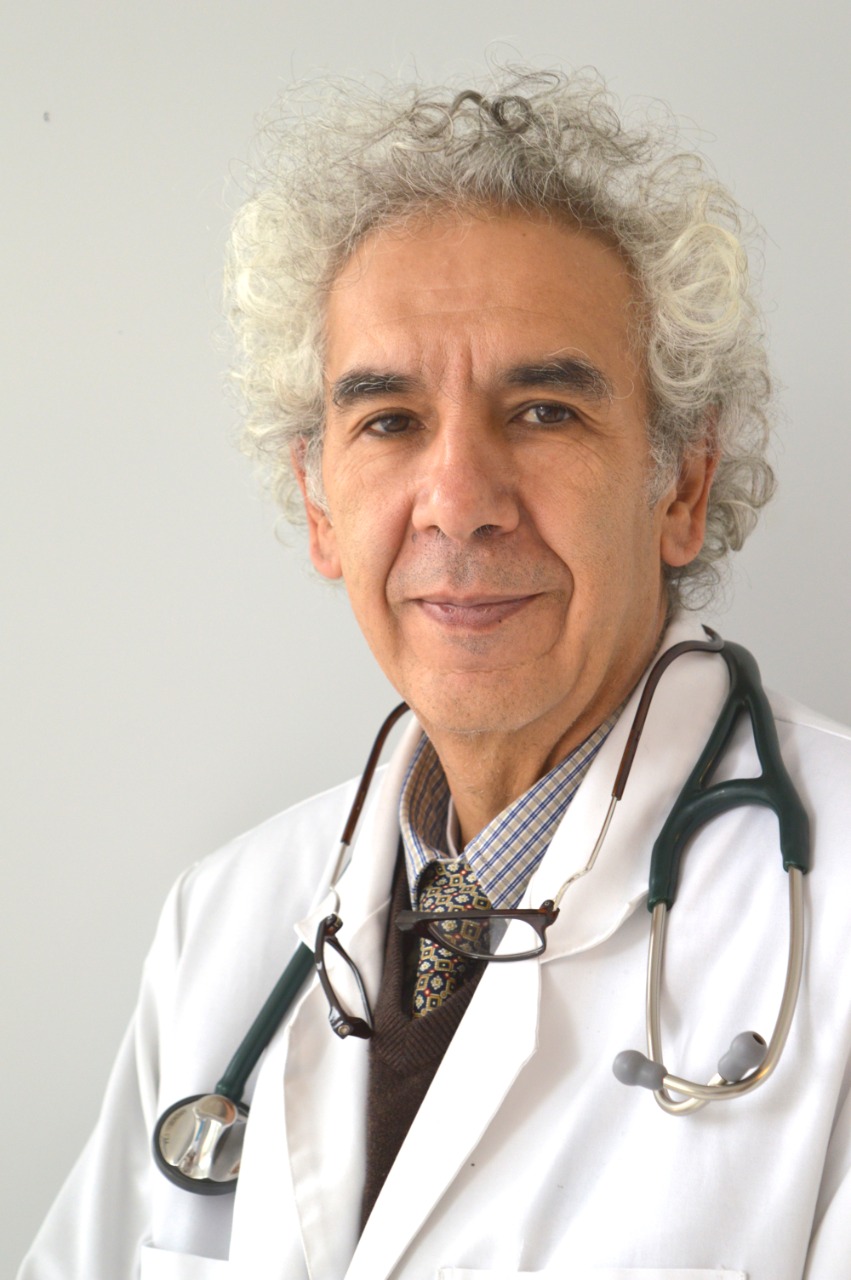
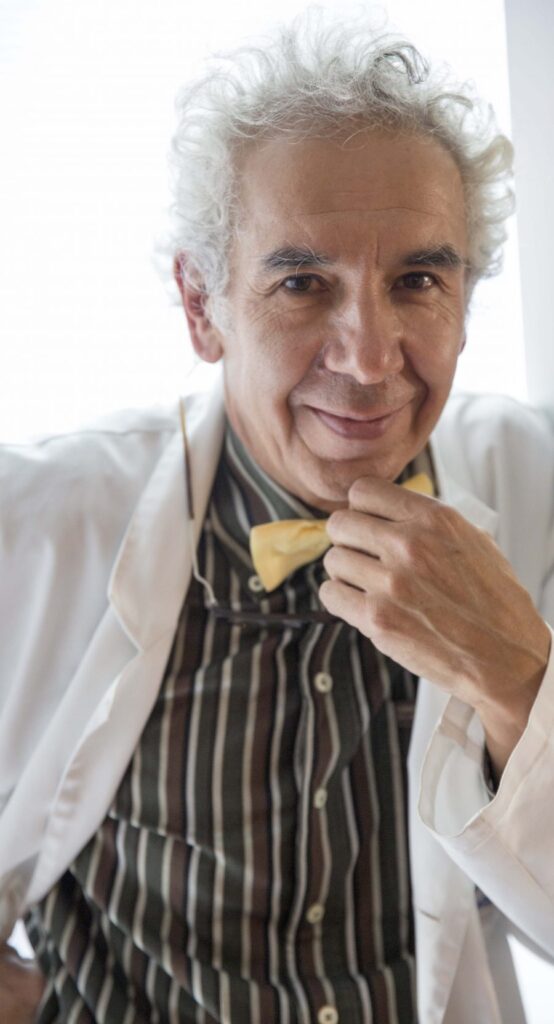
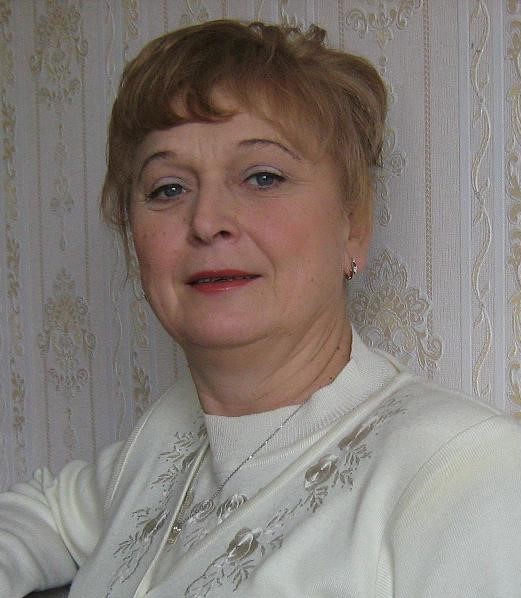
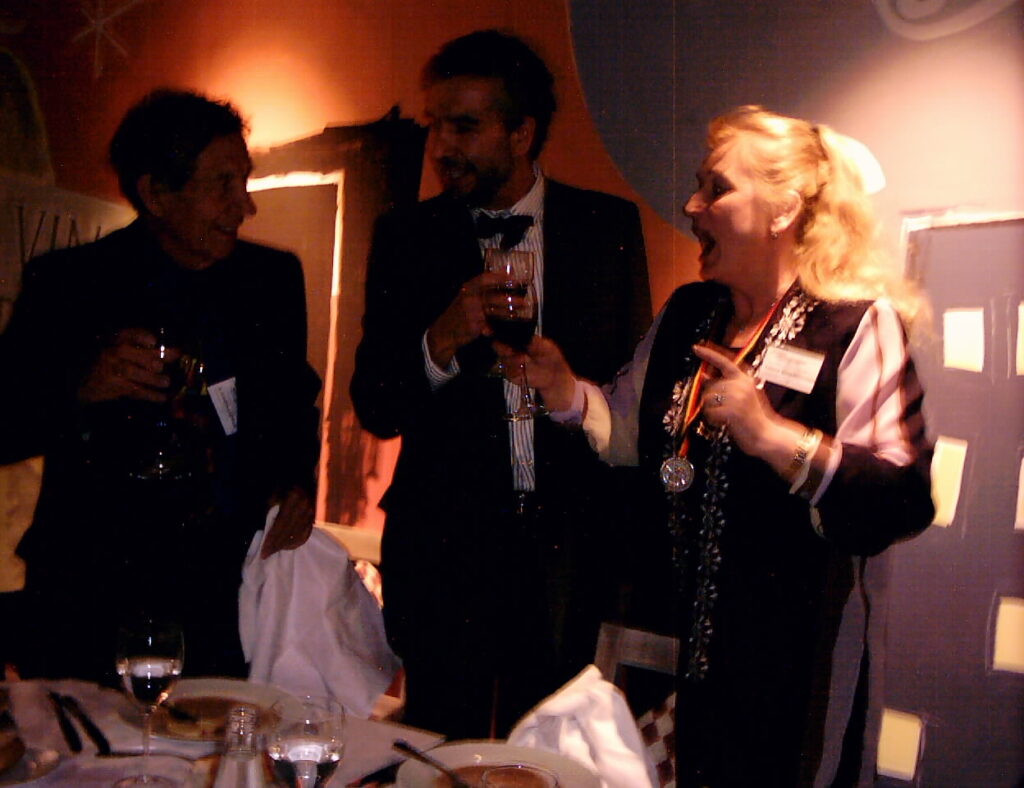
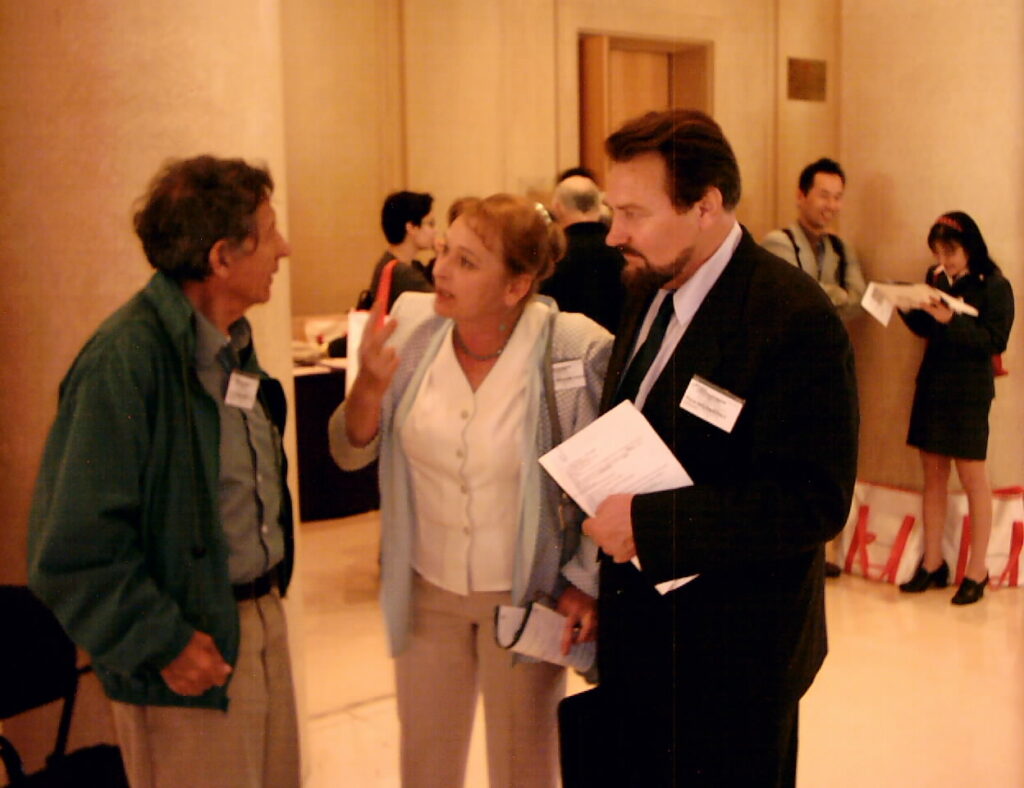





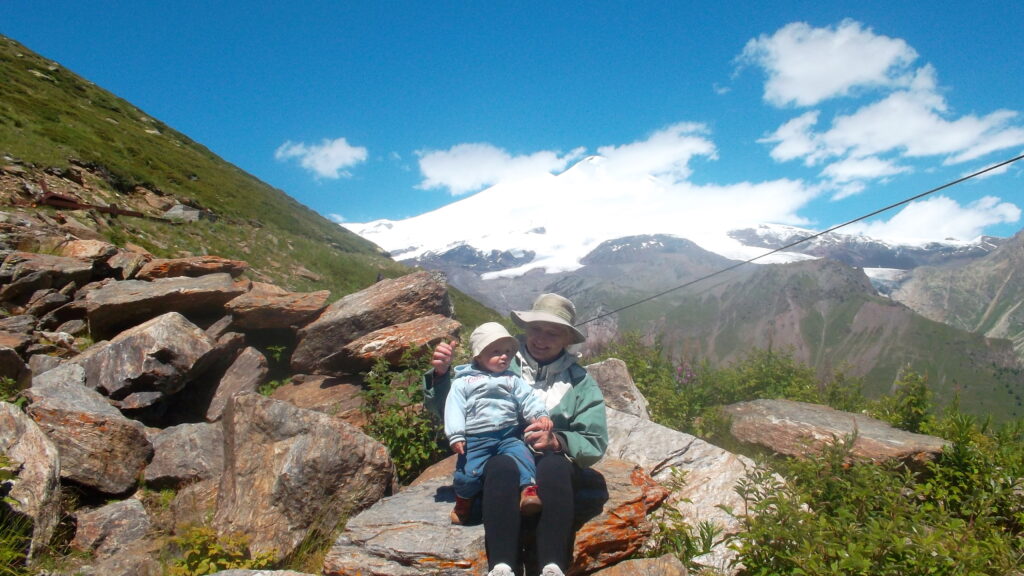

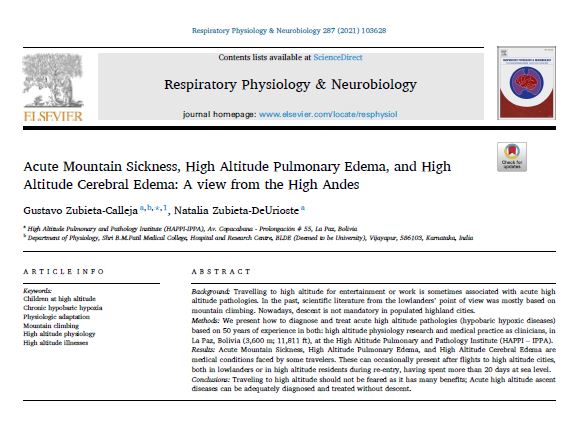
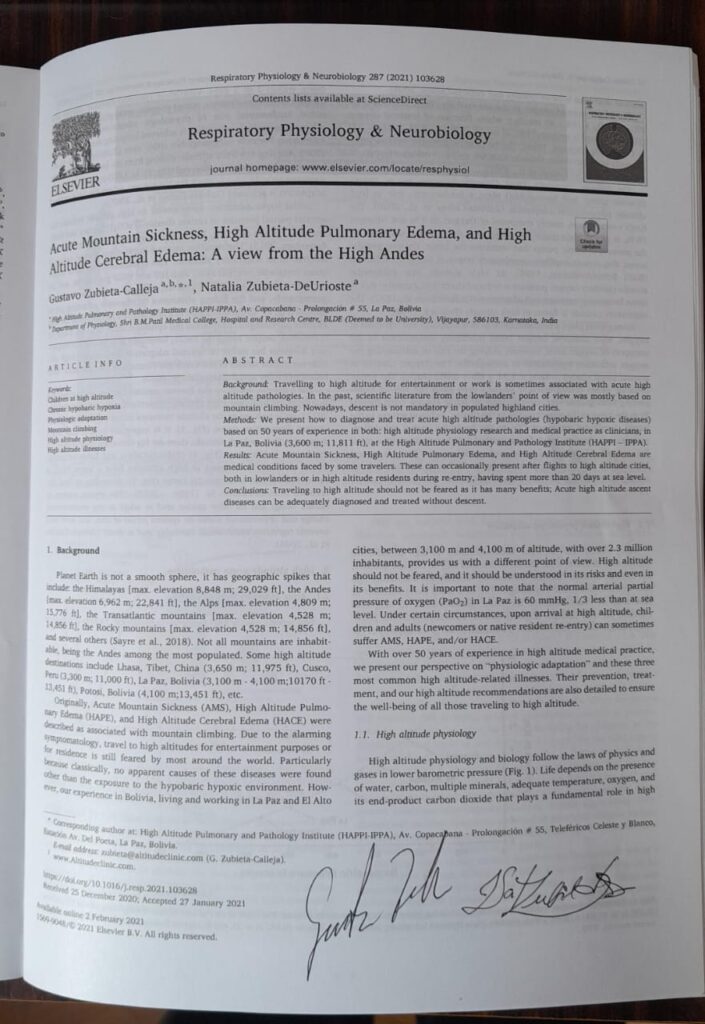
 The original article was printed in the Volume 287, May 2021 of the Respiratory Physiology and Neurobiology journal
The original article was printed in the Volume 287, May 2021 of the Respiratory Physiology and Neurobiology journal
